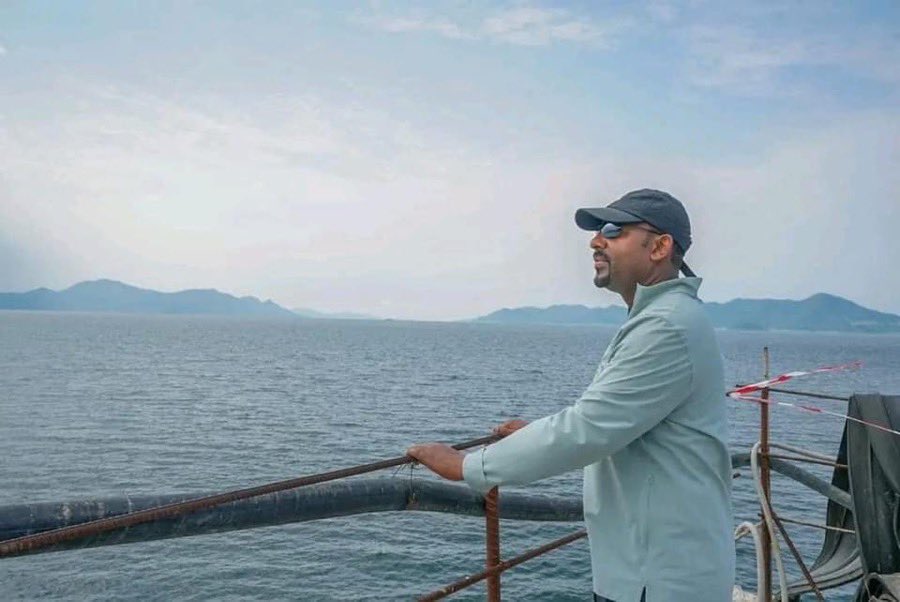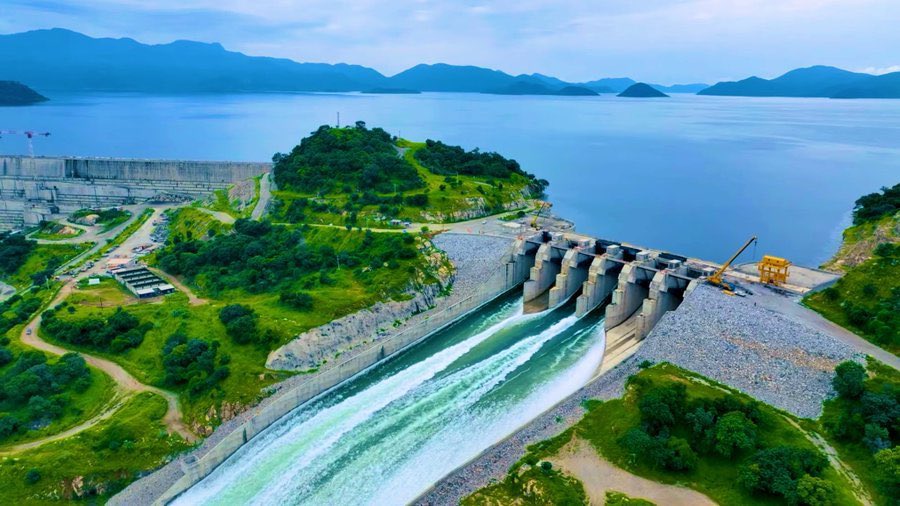Mekelle፡Telaviv, Nairobi, Pretoria, London, (Tigray Herald).
By Tesema Nadow
No Loans, No Donors, Just Willpower: GERD Is Ethiopia’s Gift to Itself
Addis Ababa | The Tigray Herald
Amid a continent often shaped by dependency and dictated development, Ethiopia has delivered a rare feat: a 100% self-financed, continent-shaping megaproject the Grand Ethiopian Renaissance Dam (GERD).
Built not with loans or foreign aid, but with the sweat, savings, and sacrifice of 130 million Ethiopians, GERD is not just a hydroelectric dam. It is a declaration of sovereignty, resilience, and national unity. It stands today tall and flowing as a symbol of Africa’s right to define its own future.
A People’s Project, A Nation’s Pride
Unlike most infrastructure projects in Africa, the GERD was not built on conditions imposed by donors or loans from distant powers. Instead, Ethiopians from every corner of the country and across the diaspora contributed what they could:
Farmers gave from their harvests
Civil servants donated portions of their salaries
The diaspora purchased bonds from abroad, motivated not by return, but by patriotism
Even in the midst of poverty, inflation, and political instability, Ethiopians united around one cause: electricity for development, dignity for generations.
GERD is a dam of defiance against dependency, against external pressure, and against the idea that African progress must be brokered through begging bowls.
Energy Independence Is a Political Act
Located on the Blue Nile in Ethiopia’s Benishangul-Gumuz region, GERD will generate more than 6,000 megawatts of electricity when fully operational making it Africa’s largest hydroelectric power plant. It is expected to electrify millions of homes, industrialize the economy, and even export surplus power to neighboring countries.
But more than that, it provides Ethiopia with something every sovereign nation deserves: energy security.
In a world where energy is geopolitical currency, GERD means Ethiopia will no longer be left in the dark, literally or metaphorically. With reliable, clean electricity, Ethiopia can power schools, factories, and cities on its own terms.

This is not just a step forward. It is a leap away from dependency and toward continental agency.
External Pressure, Internal Unity
The GERD has been subject to fierce opposition particularly from Egypt and Sudan, downstream nations that fear reduced Nile water flow. International actors, including the United States under the Trump administration, even attempted to sabotage the project diplomatically, pressuring Ethiopia to halt construction or submit to externally dictated terms.
But Ethiopia stood firm.
“No force can stop Ethiopia from building the dam,” Prime Minister Abiy Ahmed once said. “Because this is a dam built by Ethiopians, for Ethiopians.”
And that spirit has only deepened the dam’s symbolism. It is now more than concrete and turbines. It is a national testament of self-reliance, built without asking permission and without asking for money.
GERD: A Blueprint for African Sovereignty
Ethiopia’s success with GERD is not only a national victory it is a continental signal. It shows that Africa need not always wait for the West, the World Bank, or China to fund its dreams. It can finance, manage, and build its future on its own terms.
GERD’s message is clear: The will of a united people is more powerful than any donor’s checkbook.

Yes, the road was hard. Yes, the politics remain complex. But in the flow of that Nile-fed reservoir lies something no money can buy dignity, ownership, and hope.
A Future We Built Ourselves
The Grand Ethiopian Renaissance Dam is now a monument to self-belief a hydroelectric hymn to what is possible when a nation invests in its own destiny.
No loans.
No donors.
Just Ethiopians at home and abroad saying:
“We will build. We will power. We will rise.”
To sum up the Pride of Africa, the Grand Ethiopian Renaissance Dam GERD, was proposed, built, and completed through the efforts and determination of the Ethiopian people. The Nile nations form a Noble family, united by Abbaystream.




